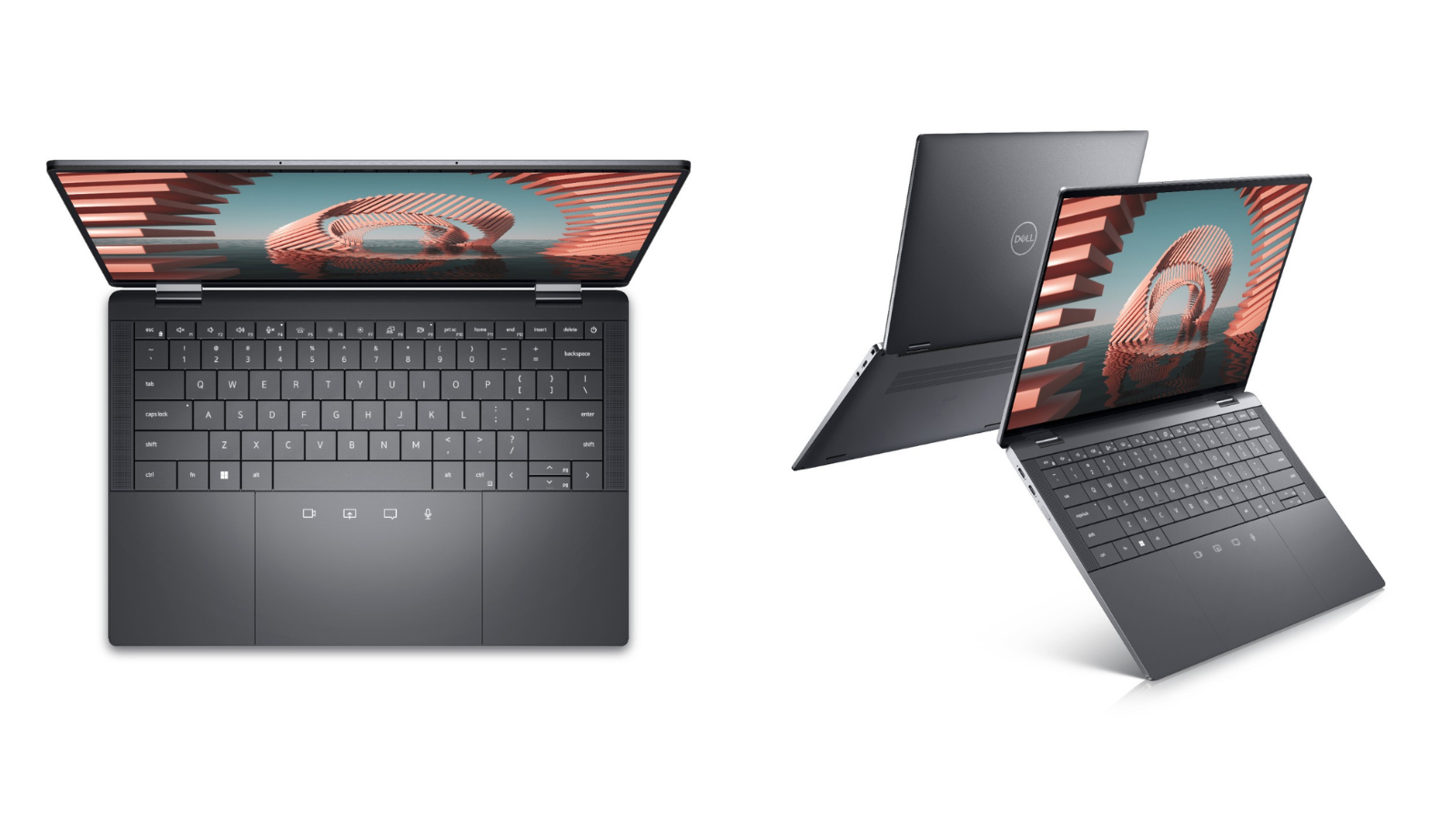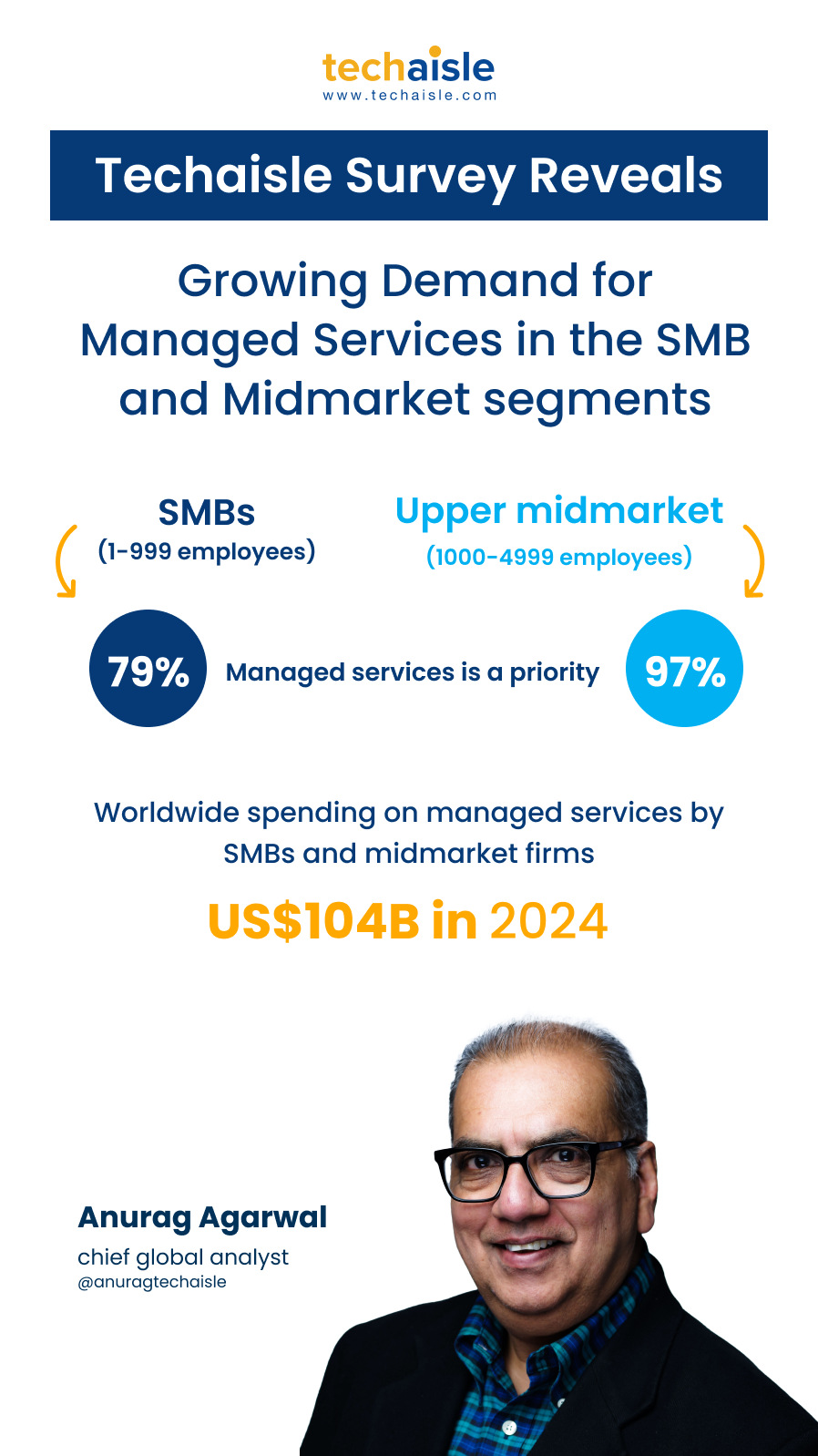According to data from Techaisle, it is projected that the global IT expenditure of small and medium-sized businesses (SMBs) will escalate to a staggering US$1.35 trillion by 2024. Furthermore, this spending is anticipated to experience a compound annual growth rate (CAGR) of 5.7%, extending through 2028. Cisco is making a significant push into the SMB market, a segment where it has enjoyed steady growth. In fiscal year 2023, which concluded in July, the SMB segment was Cisco’s top-performing customer category for a third consecutive year. Cisco sees this segment as a $25 billion addressable market opportunity, captured with mid to high-tier SMBs transitioning to cloud and SaaS solutions. Notably, about 20% of Cisco’s SMB business comes from new customers every year, underscoring this segment's critical role in expanding Cisco’s reach and reflecting on the growing demand for technology amongst SMBs.
Cisco’s go-to-market in the SMB segment is partner-led, catalyzed with continuous partner-focused programs, initiatives, and marketing investments to foster robust relationships. According to the latest research by Techaisle, a significant majority of SMBs, 87%, depend on their partners for technology solutions. Furthermore, these SMBs channel nearly 89% of their IT expenditure through these partners. Cisco is, therefore, continuously enhancing its engagement with partners, revamping its marketing strategies, and adapting to the changing needs of its customers. A vital part of this strategy is the focus on the new “Scale” go-to-market initiative, aligned to engaging SMB customers and Partners in this space, as unveiled at the company’s sales kickoff meeting in August. This model offers partners and customers enhanced sales and marketing support, ensuring that SMBs receive expert advice in crucial care-about areas such as cybersecurity or hybrid work.
The concept of “digital transformation” has become a staple in corporate discussions over the years. While some may write it off as a fad, many, particularly SMBs, understand its importance. For these businesses, digital transformation involves adopting digital technologies to streamline operations, improve customer relationships, and position themselves as agile and innovative entities in their respective fields. Techaisle data reveals that 71% of SMBs are investing in digital transformation, and 37% have a holistic digital strategy. SMBs, once perceived as technologically behind, are actively embracing cloud solutions to meet their IT requirements. These technologies have become crucial to their digital transformation journey, enabling them to automate various operational aspects and gain a competitive advantage through essential business process automation tools, orchestration, and integration or advanced offerings like custom AI and analytics applications hosted on cloud platforms.













